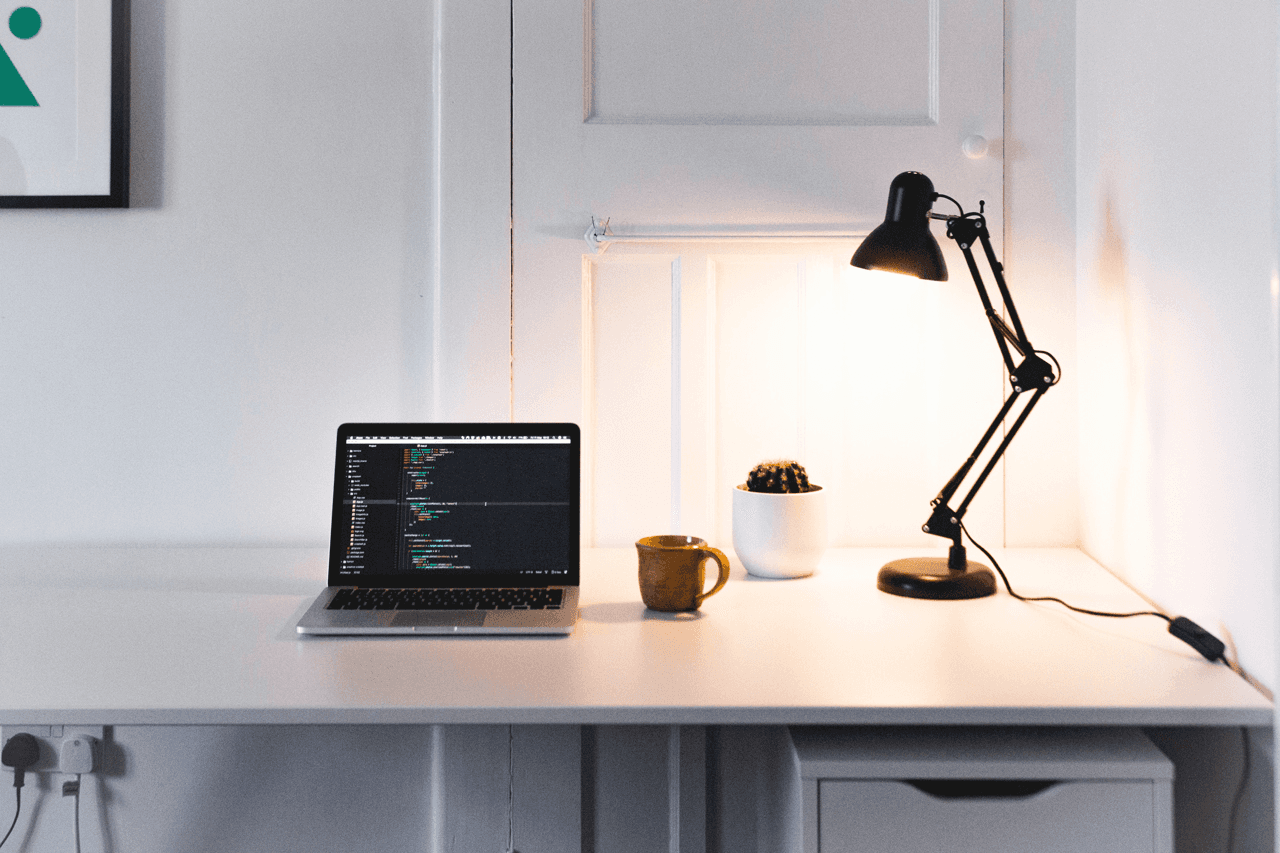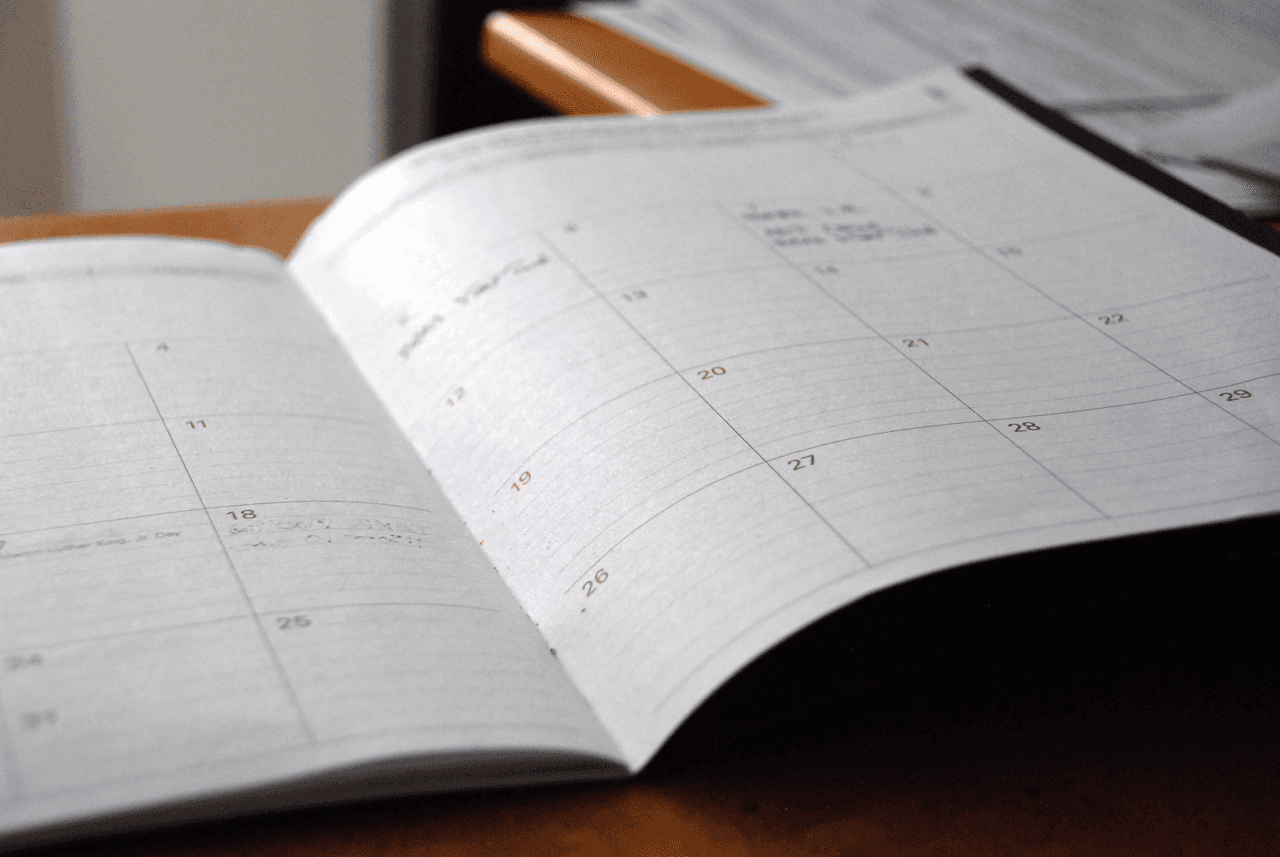How to Work from Home
Categories
Pro Tips
Business
Author
Lee Barguss
Published
14 Mar 2020

In short, there’s no trick or secret to make it easier and more efficient. It requires learning from yourself and a little bit of time.
I myself for the last 10 years of my career have had a good mix of working at home and at an office, switching between employment and self-employment (sometimes juggling both at the same time). Experiencing both has meant that I’ve been able to see both sides of employment types, and worked out a great balance of how to easily work at home.

Get comfortable
Working from home isn’t for everyone, but you need to create an atmosphere that makes you comfortable and ready for work. Working from home isn’t a big deal – in fact, a lot of companies around the world are offering an option for their employees to have more flexible hours and/or to spend more time away from the office so they can perform better.
Great employers will already let you have the time to drop off and pick up your kids from school, and then make up your hours later on in the day/week. If they see you perform better from home than in the office (perhaps there are less distractions), then working from home for a couple of days a week might already be something that’s on the table for you.
If it’s not something that you’re already used to, you can imagine that working from home is like settling into a new job. You might have an initial uncertainty, stress, anxiety… but you’ll eventually fall into a rhythm and flow that is just as efficient as being in the office.

Ensure you have everything you need
The absolute minimum for me is just the internet and a laptop. Of course, this won’t apply to everyone, but keep at home what you can to ensure that you’re able to do your job. Instead of turning your head and calling across the room to a colleague, you can swap that out to apps such as Slack (for team chat) and Zoom (for voice/video calls).
Any specific software that you need for your work, make sure your employer can provide this for you on your personal laptop, and if not, maybe you can take home your work computer!

Take your physical work online
This won’t be applicable for all types of work, but bringing yourself online where you can has never been this easy. Teaching classes can now be done through Skype, Google Hangouts or Zoom through conference calls, allowing easy conversation between students and teachers. It could even be done on YouTube Live where the classes can be watched as you’re taking them, and students can comment questions as you go along. After your class has finished, you have the option to publish it to your channel, so students can watch the class again later.
Options are plenty. If you don’t want to be on camera, you can record a podcast for students to listen to. Even write lessons on your website or in documents that can be distributed.

Find a place to work
Much like an office, it’s great to create a space specifically for work. Working from your bed under the duvet won’t be a great option if you don’t want to be pushing pixels in your sleep. Creating that physical separation will go hand in hand with routine – separating your work life from your personal.
I live in a pretty small apartment, so having a room dedicated to work isn’t possible. Instead, I often float around in different locations throughout the day, sharing my work time between a desk in the living room, the sofa, and the breakfast bar in the kitchen. I’ll also usually mix background noise through the day to help with concentration, and rotate between music or the radio, and something easy on the tv. Something passive like a nature documentary or a show with lots of seasons I’ve seen before usually does the trick.

Find a routine
Most jobs work with the classic 9 am – 5 pm, or 7.5 hours a day. Working from home might not mean you can cut on your daily quota of hours, but it might give you the opportunity to find your perfect workday. Starting earlier and finishing earlier becomes an option, even having a long lunch break, or finishing later in the evening works, as long as your quota gets completed.
Working freelance for a number of years has given me plenty of time to work out a daily routine, and I’ve found that I’m at my most creative in the morning. This means I’m often up early and get straight into design work. I tend to leave emailing until a little later (around late morning) which gives me a break from design work as well as the opportunity for all morning emails to be answered in one go. Sometimes lunch can be a little longer, and back into design work, finishing the day again with emails signing off the day.
It’s easy enough for the workday to bleed into personal or downtime, so just like going to the office, it’s good to set strict time slots for work (once you’ve found them). Going overtime makes it hard to shut work out and leads to an easy burnout. What works great for me is setting up calendar events for different types of work such as for different clients, batching emails, meetings, break times etc. Using notifications at event starts usually keeps me in check, and reminds me when to move to the next item.

Get dressed up for work
Something that really helps me is getting dressed up as if I’m going to the office. Yes, that means putting on a shirt and trousers to sit around on the sofa or at your bedroom desk. It might sound silly, but getting dressed up could help put your mind associate with being at the office, and therefore keep you in the “work zone”.
Of course, that might not be for everyone. Being as comfortable as possible – in sweats, t-shirt and slippers might do the job just as well, perhaps even better! In fact, I used to take a pair of slippers and a blanket to the office to create that comfortable environment, which actually allowed me to settle better and get on with work at a higher level of efficiency.
Ultimately, pick whatever clothes that feel more comfortable for a work from home environment.

Regularly reward yourself
Part of getting used to working at home and setting a good routine is rewarding your good habits. It’s important to get up, stretch, and walk around every 30-60 mins to keep the blood flowing. Working from home doesn’t mean you need to lock yourself up, and working without your boss breathing down your neck doesn’t mean you can sit around Netflix and chilling all day.
Find a balance of working through blocks of time, and then reward yourself with a stretch or a coffee break for all the hard work. When I’m designing, blocks of 90 mins with a 15 min break works great for me, and actually gets me more focus time than working a whole morning and ending with a lunch break. It gives me time to rest, and I actually get most of my better ideas during the downtime, after I’ve stepped away from the computer screen.

Use your other skills to make work from home
If you’re not able to do your day job from home and still need to work, what better time than now to start working on a hobby and earn some income to supplement your regular day job. You can become a content creator, influencer, marketer, designer, teacher, health or life coach, almost any job to do with the information age. However, like any business, they will take time to establish and build.
Don’t know where to start? You can take the skills you already have and translate them into online work. For example, if you already work in sales, you can move over into marketing or copywriting. Tutors can open a YouTube channel and begin teaching lessons for ad revenue. If you happen to be looking for a new job, companies all over the world are already looking for remote workers in sales, writing, developing etc.
Course creation is a huge market at the moment, so if you’re well experienced if your own field, teaching and creating tutorial videos with just a smartphone can be very fruitful. Got a hobby with cars? You could create tutorials for fixing them, and lead customers to your website for more in-depth information. This whole process could act as a marketing tool for your at-home car mechanic business, and even earn you a little bit of revenue in itself.